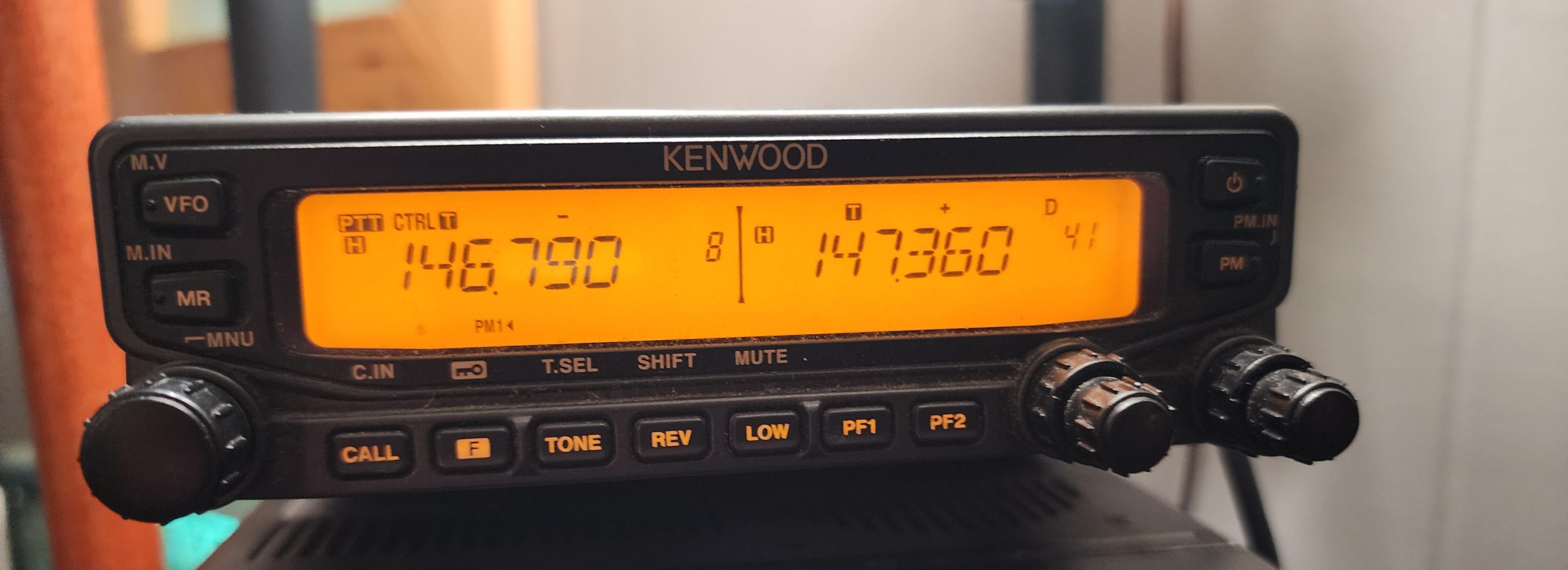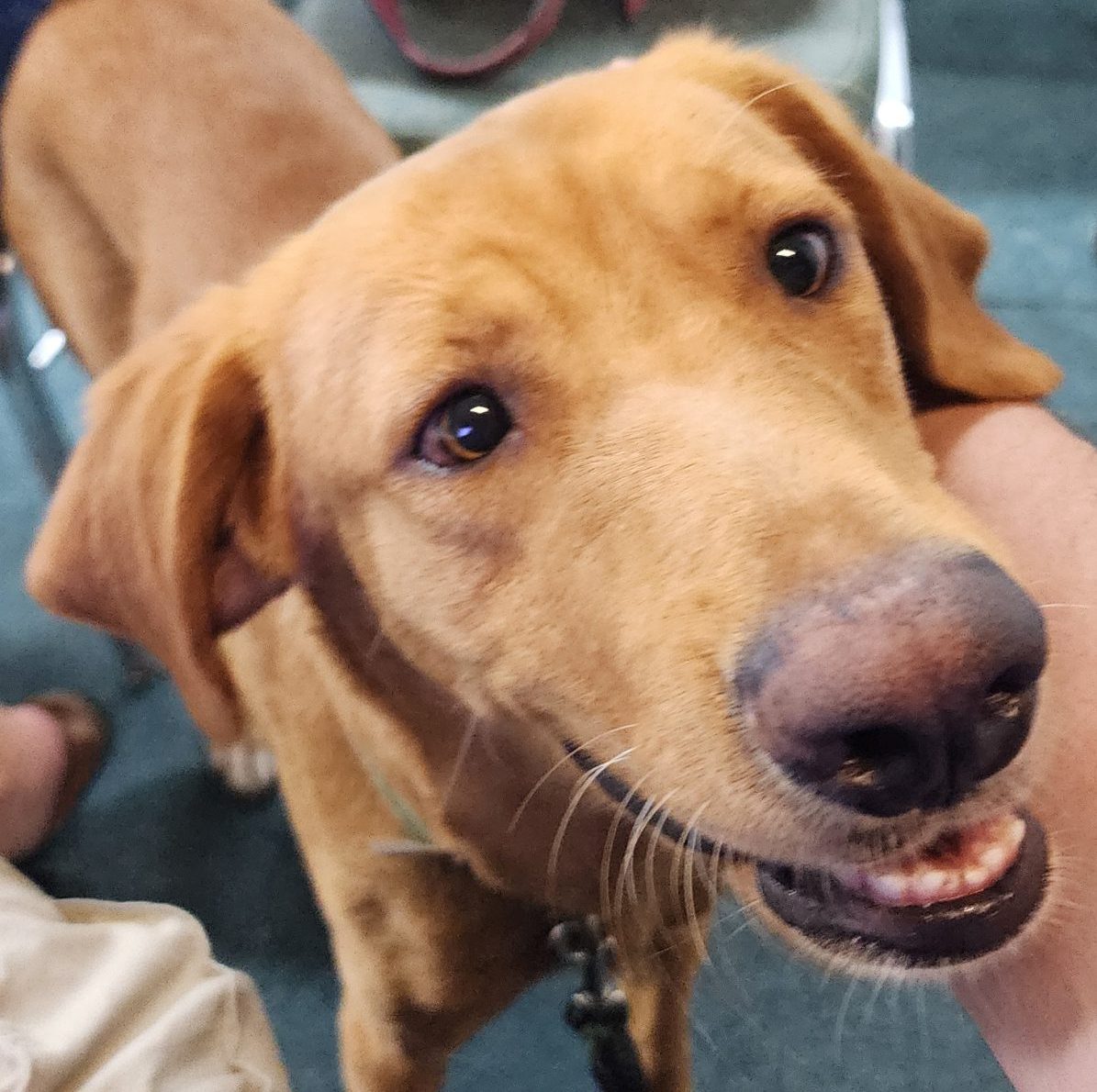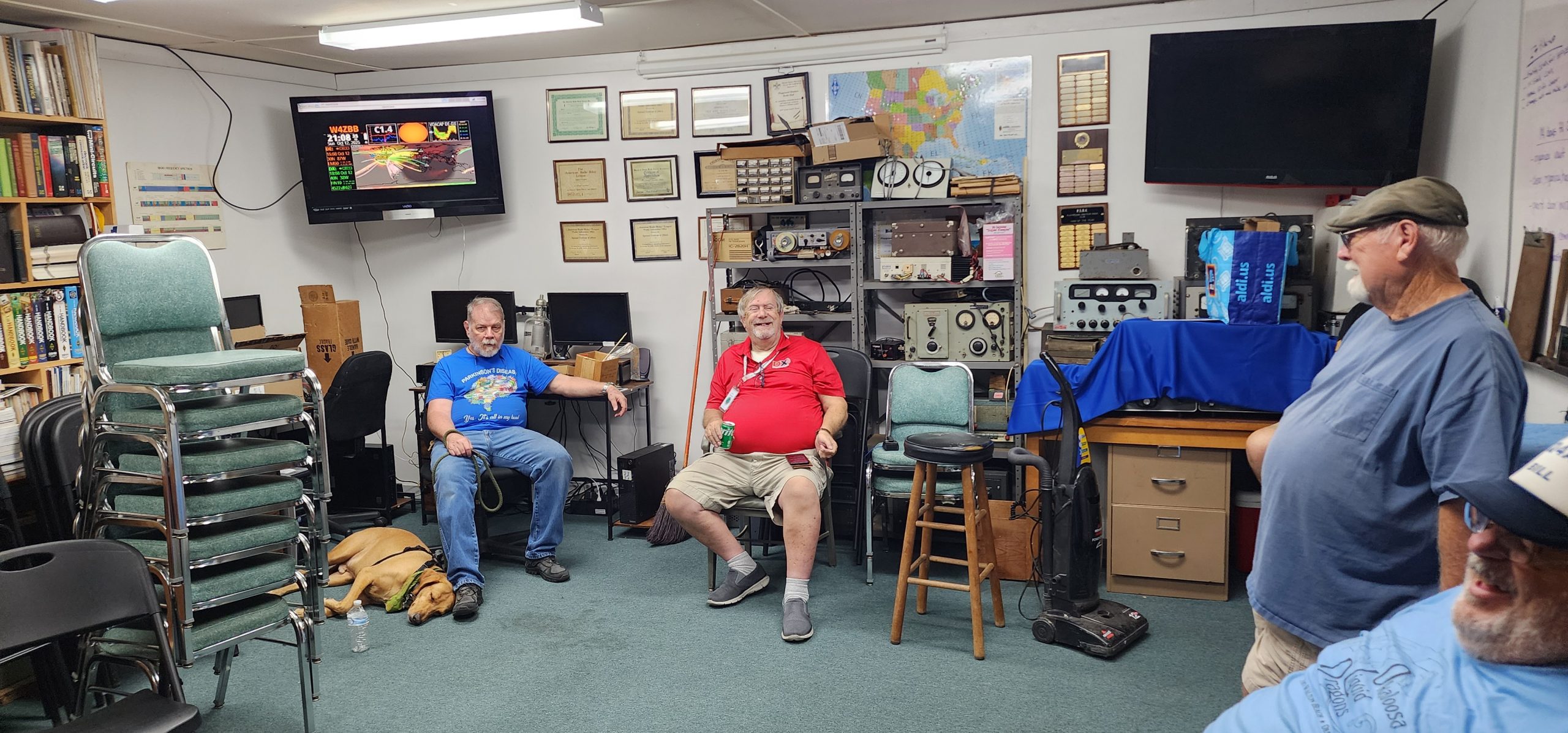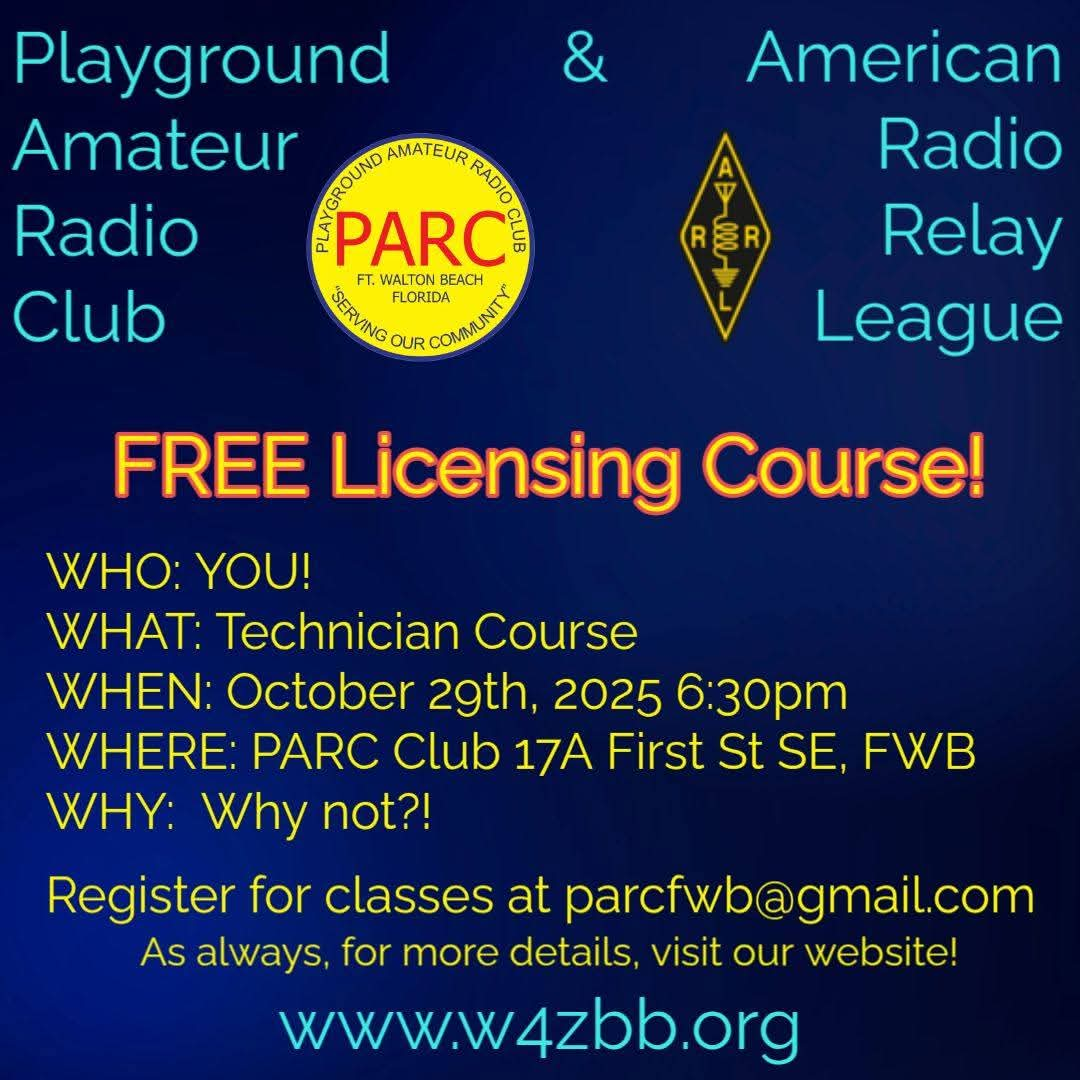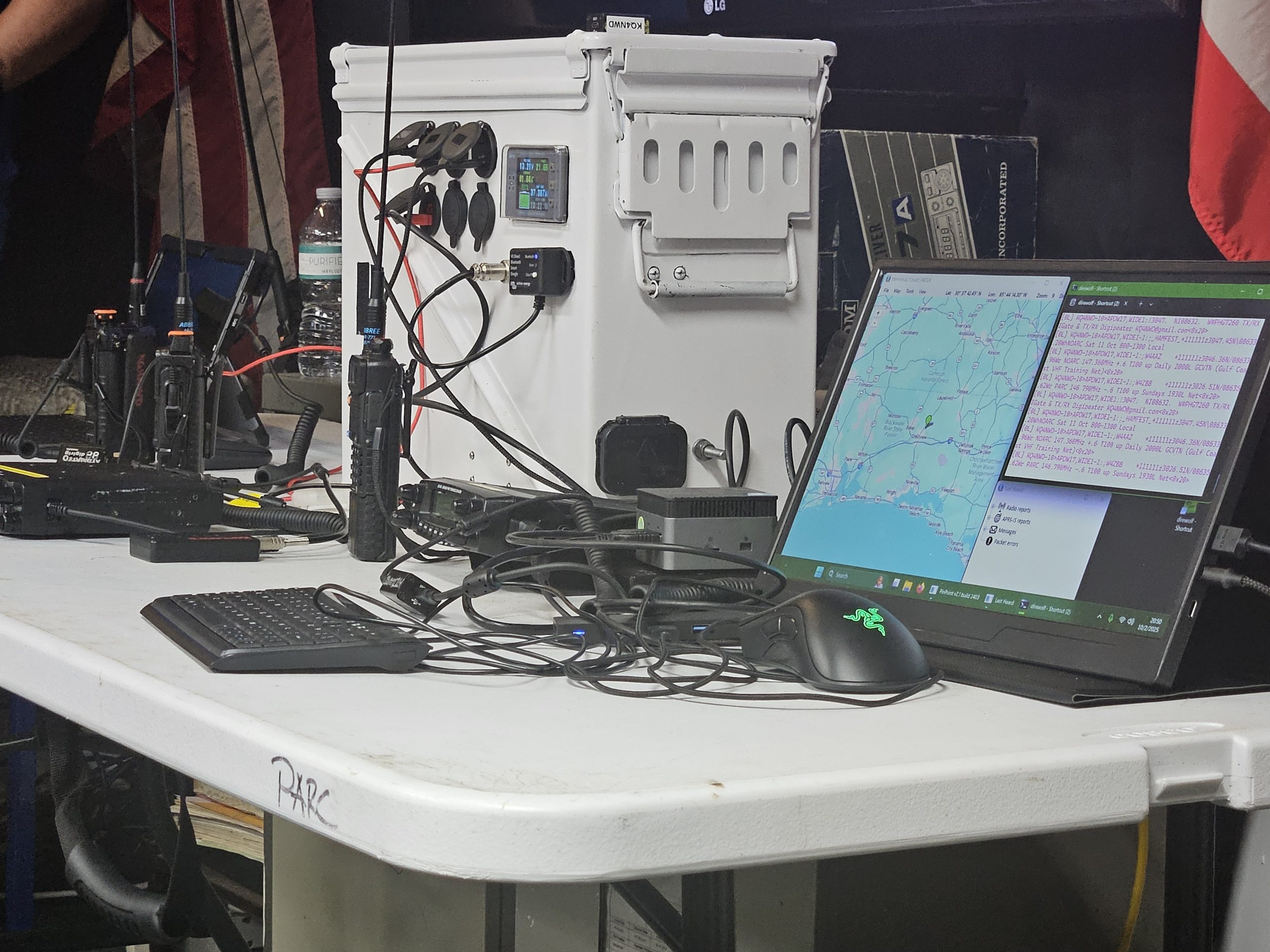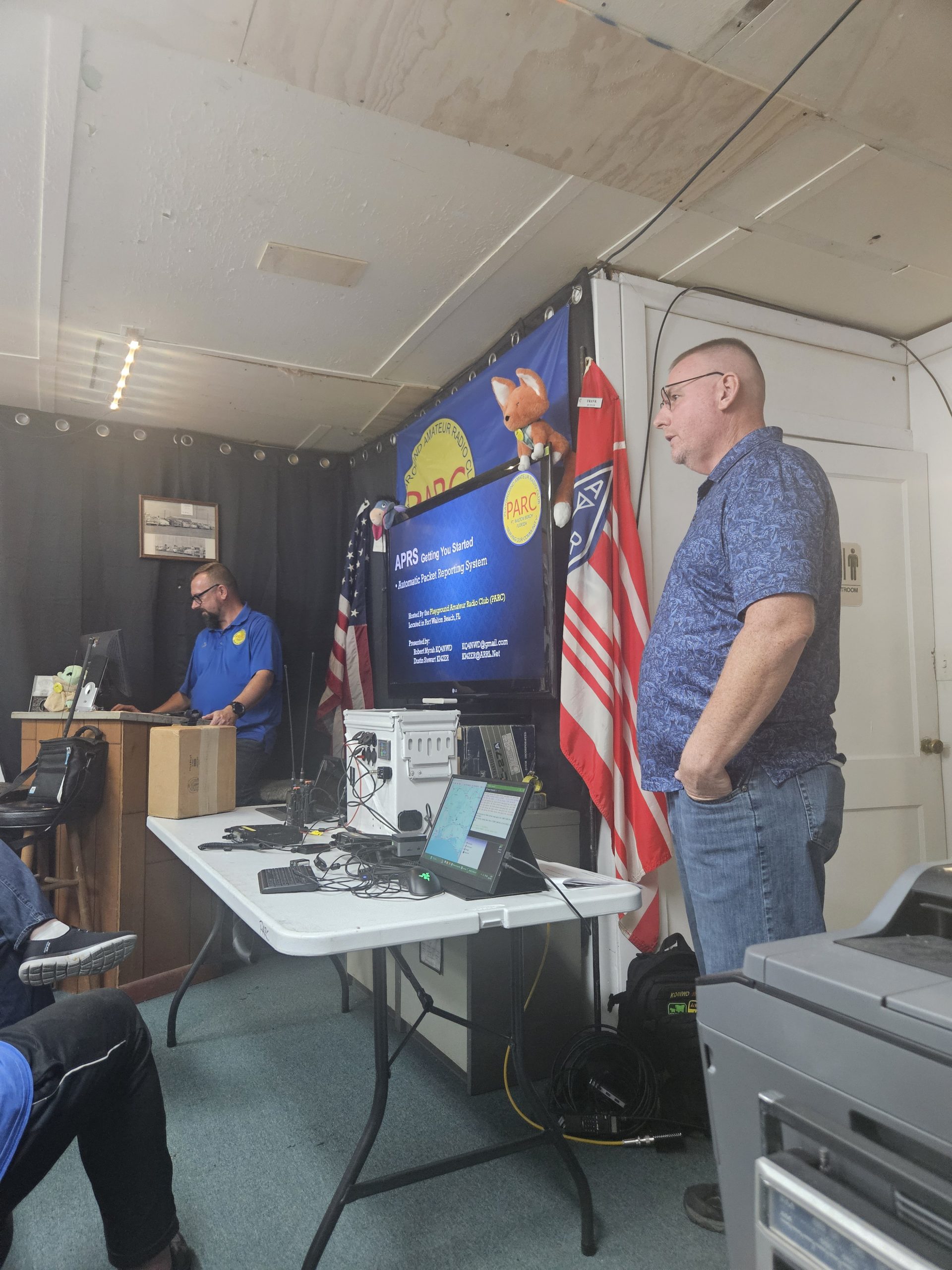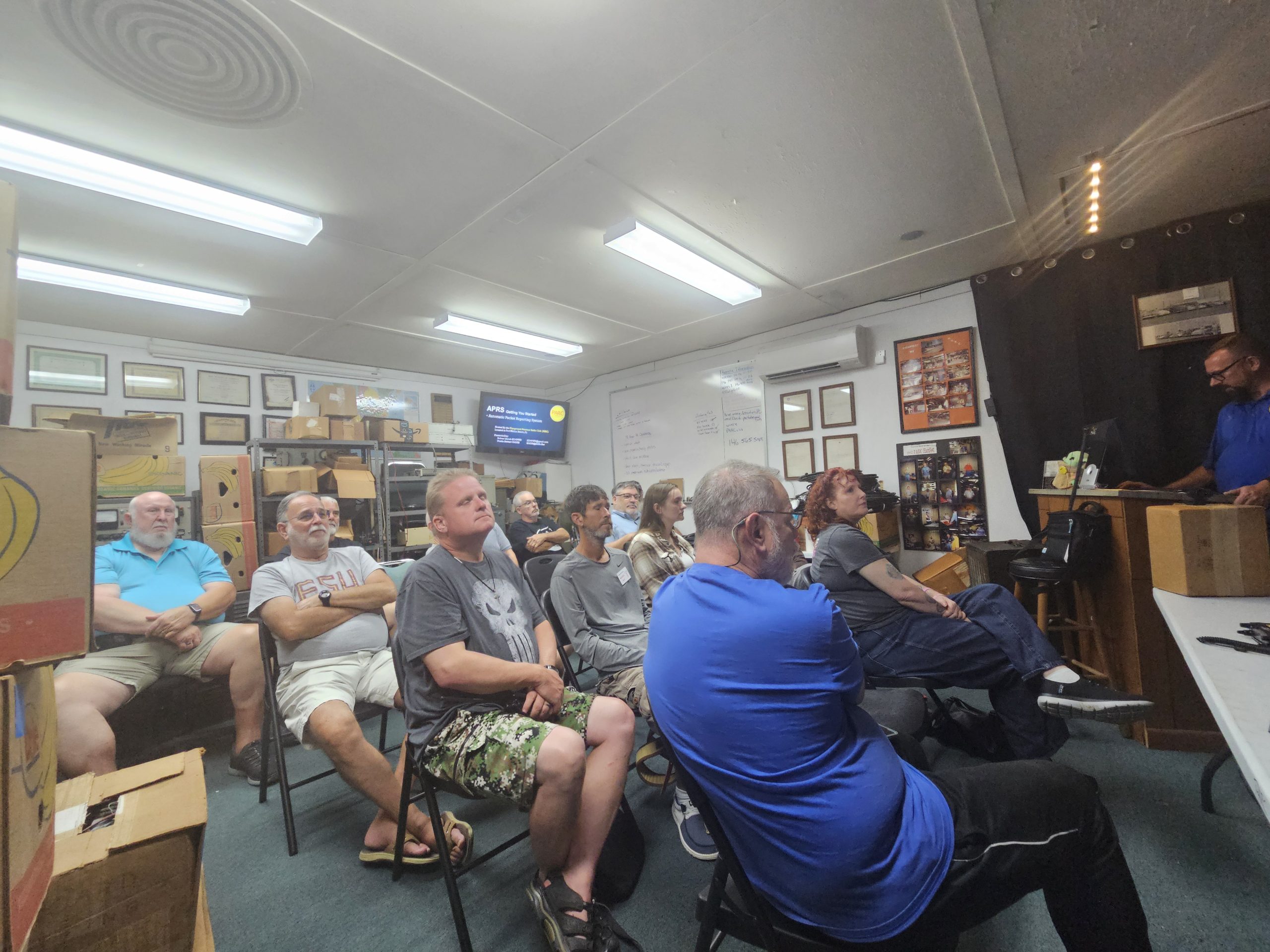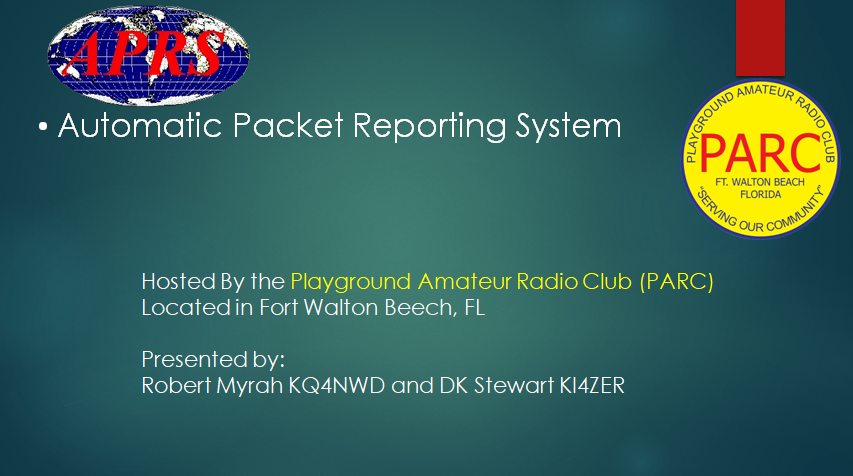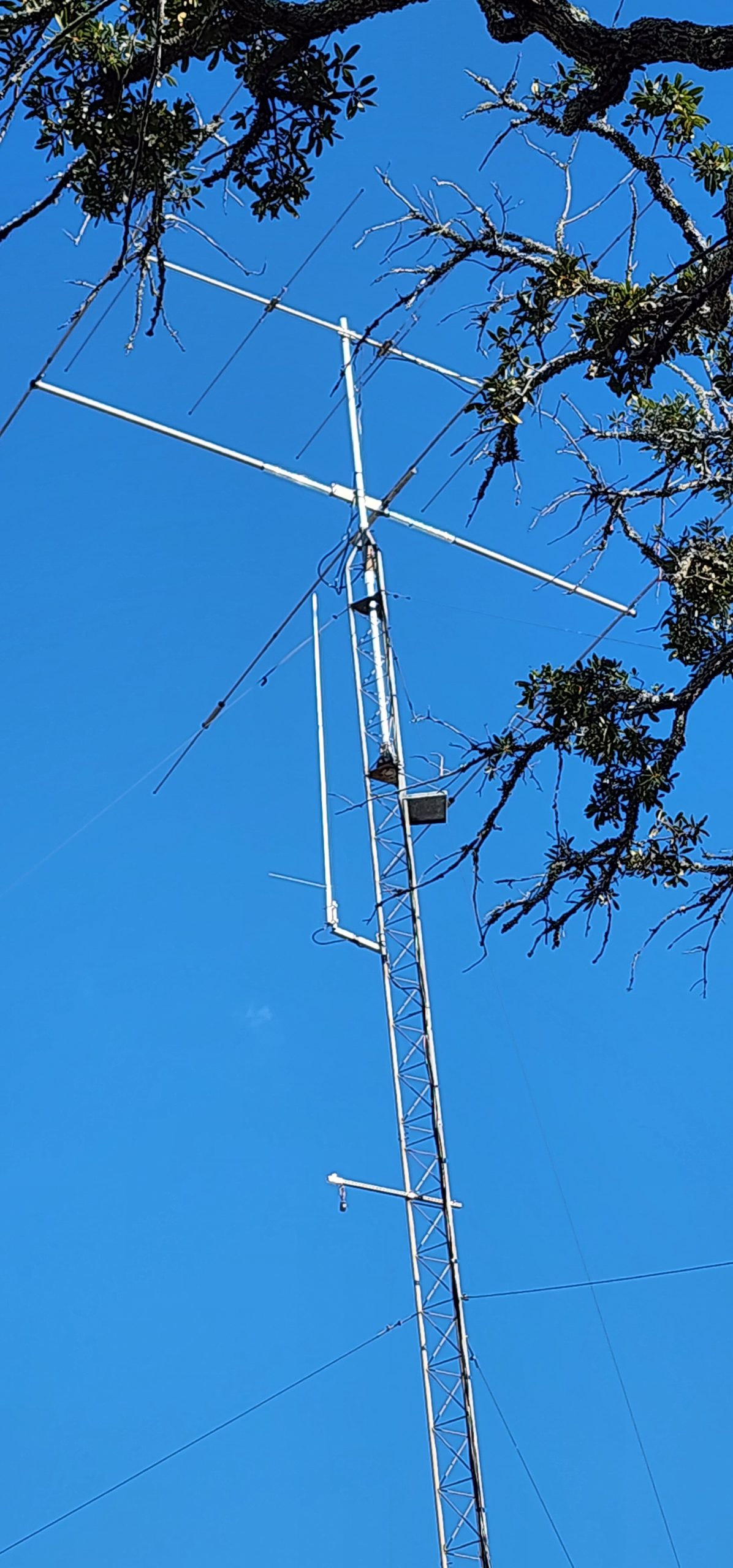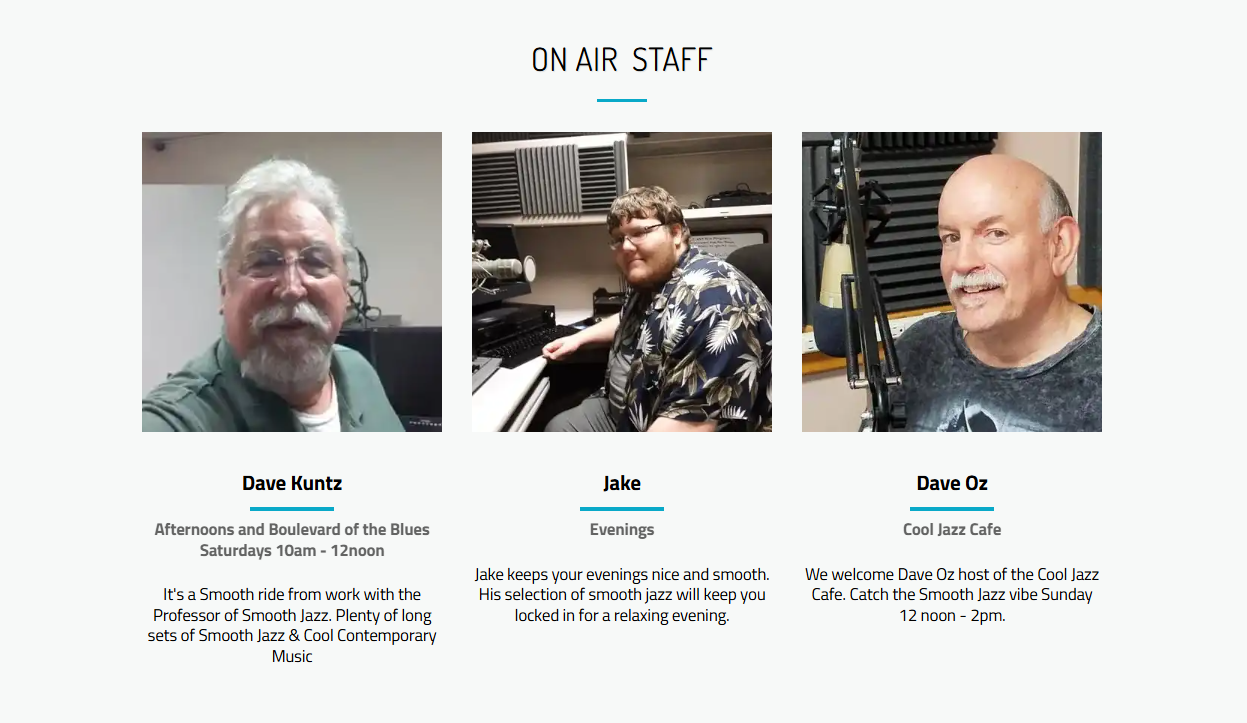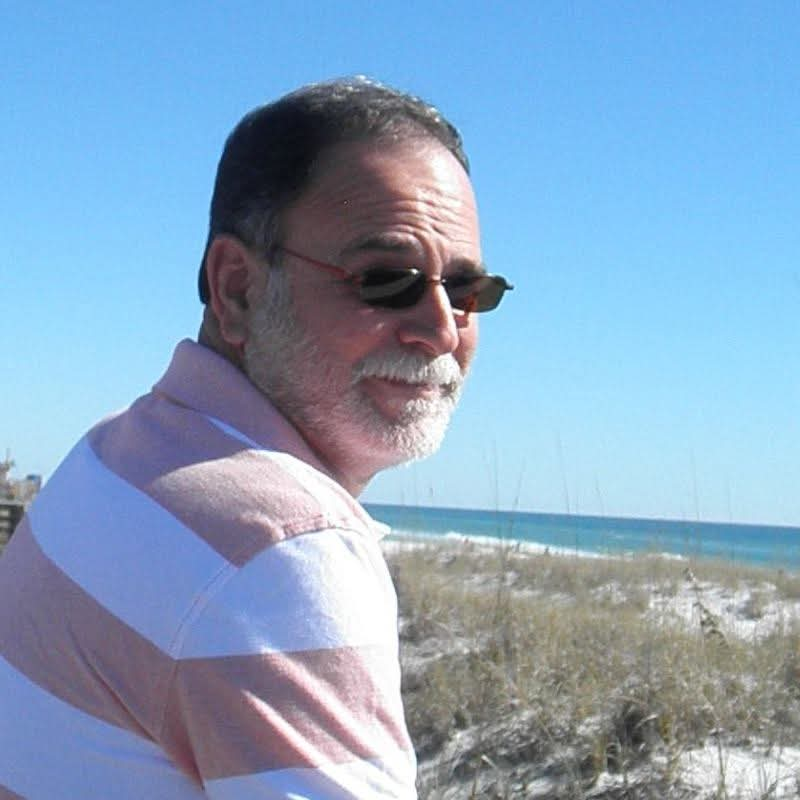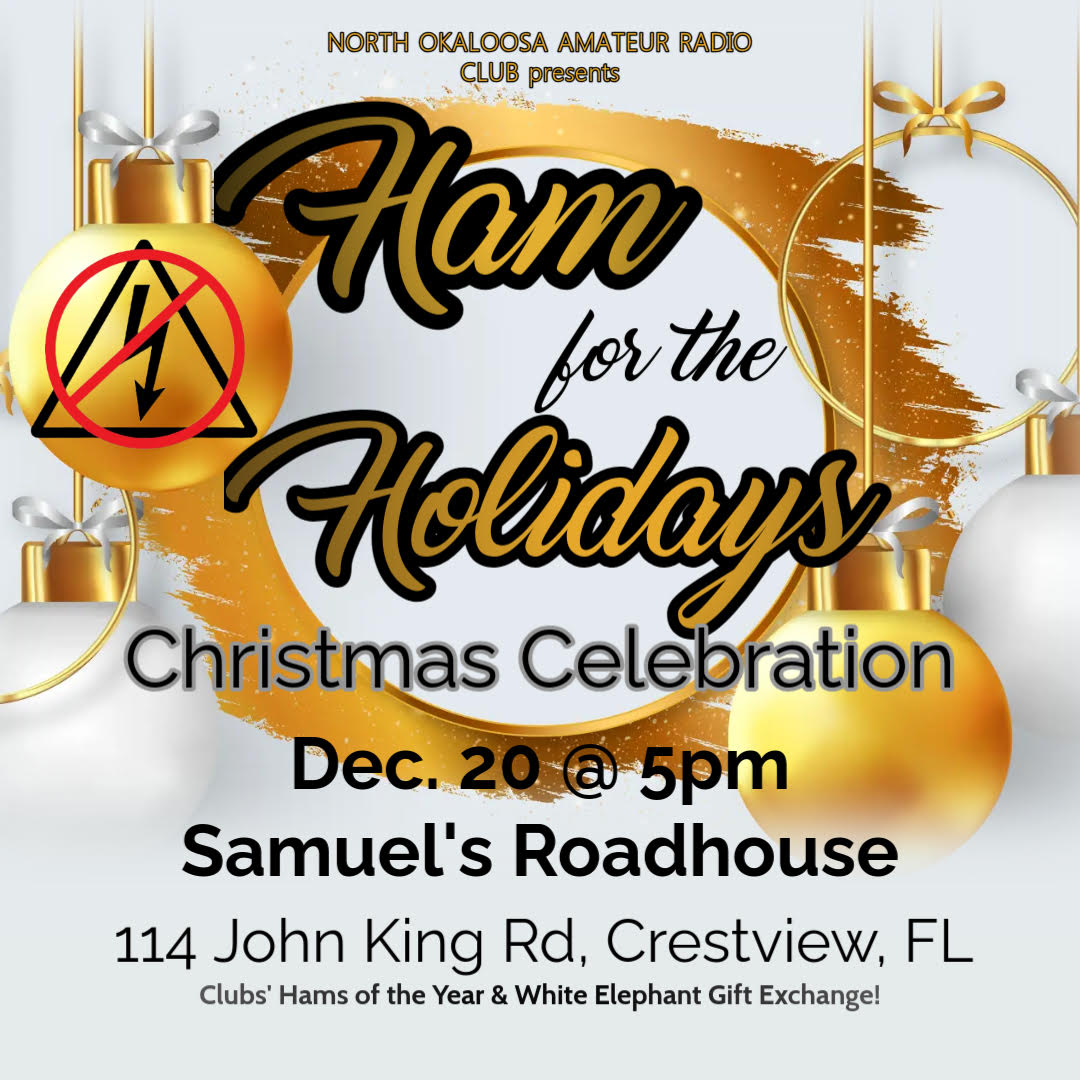Team building in the context of amateur radio can be approached in two primary ways: through activities that foster collaboration within a club or group, and through events that leverage the nature of the hobby itself to build a sense of community and shared purpose.
Activities within a Club or Group:
These activities are designed to get members working together, sharing knowledge, and building camaraderie.
Public Service Events: Providing communications for local events like marathons, parades, or community festivals is a classic team-building exercise. It requires coordinated effort, clear communication, and reliance on one another to achieve a common goal. This is a practical application of radio skills that benefits the community and strengthens the team.
Emergency Communications Drills (ARES/RACES): Simulating emergency scenarios, such as a large-scale power outage or natural disaster, requires a high degree of teamwork. Participants must manage message traffic, relay information accurately, and coordinate with different agencies. These drills build trust, a sense of shared responsibility, and demonstrate the critical importance of the group’s skills.
Antenna Parties: This is a hands-on activity where members come together to help one person install or repair an antenna. It’s a great way for experienced “Elmers” (mentors) to share their knowledge with newer members, and it creates a direct, tangible sense of accomplishment for the group.
”Homebrew” Nights or Build Projects: A club can organize a project where everyone builds the same simple piece of equipment, such as a QRP (low-power) transmitter, an antenna tuner, or a simple radio. This promotes skill-sharing and results in a shared achievement that members can be proud of.
”Fox Hunts” (Direction Finding): This is a competitive and fun activity where teams use radio direction-finding equipment to locate a hidden transmitter (“the fox”). It’s an excellent way to practice technical skills in a fun, non-stressful environment, and it requires a team to collaborate on strategy and navigation.
Technical Workshops and Presentations: Members can take turns presenting on their areas of expertise, such as digital modes, satellite communications, or a specific radio they’ve built. This fosters a culture of mutual learning and respect for each other’s unique skills.
Leveraging the Hobby for Community
The nature of amateur radio itself offers opportunities for team-building on a broader scale.
Contests and Special Events: Participating in on-air contests or operating a special event station (for a holiday, historical anniversary, etc.) unites a group with a common objective. Working together to make a large number of contacts or communicate with a specific group of people builds a sense of shared purpose and friendly competition.
”Parks on the Air” (POTA) or “Summits on the Air” (SOTA): These activities involve operating from a designated park or summit. A group can plan a joint activation, splitting roles for setup, operating, and logging. This gets members out of their individual shacks and into a shared, outdoor environment.
Mentorship Programs: Pairing new hams with experienced “Elmers” is a fundamental aspect of the hobby that is inherently about team-building. This one-on-one guidance helps newcomers navigate the initial stages of the hobby and makes them feel like a valued part of the community.
Regular Club Nets: A weekly or daily on-air net allows members to check in and have casual conversations. This informal communication helps members stay in touch and builds a sense of community even when they can’t meet in person.
By combining these types of activities, amateur radio groups can not only maintain a strong membership but also create a vibrant and supportive community where members feel connected and valued.
